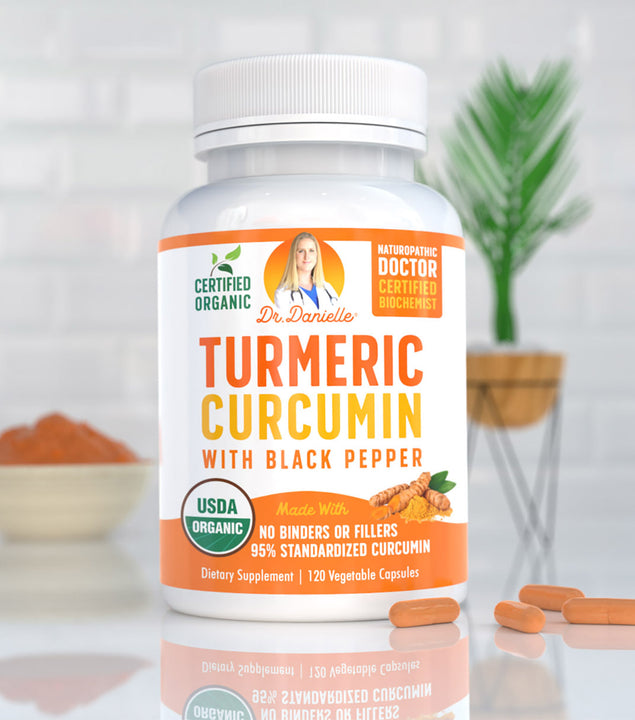Most of us remember the good old times when drinking a glass of milk daily was enough to keep the bones healthy and strong. We now know how bare minimum we did back then to take care of our bones. Broken bones remain a common problem that continues to affect millions of healthy people year after year. The risk is exceptionally high for older people, primarily because of their underlying co-morbidities, like osteoporosis.
Children and younger adults who fracture a bone usually recover very quickly. Once cast properly, their bones start healing swiftly and re-acquire their normal functions with some physical therapy treatment. On the other hand, seniors struggle much more with fractures and broken bones, most landing in a hospital for long-term management.
If you are a senior or caring for someone who has recently experienced a fracture, understanding the causes and types of these fractures is critical. This comprehensive guide will help you explore more about fractures due to old age, why they occur, and how to best care for someone who has broken a bone.
What Causes Fractures in Old Age?
Medical professionals blame the following factors for increasing the risk of a fracture in senior populations:
Bone Fragility
Osteoporosis, a condition that makes bones extremely porous and weak, remains the leading cause of fractures in old age. This disease slowly affects the quality and density of bones over time, making them prone to fractures. Fortunately, you can take many preventive measures to work against this silent disease, such as taking vitamins and introducing healthy changes into your lifestyle.
Falls
Falls are the number one cause of injury-related visits to the emergency rooms in seniors. One of the most severe consequences of these falls is a bone fracture. As humans age, their vision weakens, and their balance becomes poor, making them more prone to tripping and falling. Combined with reduced bone density and strength, even minor slips and trips can put seniors at high risk for fractures.
Medications
Medications and vitamins are essential for health, but they can weaken the body if not taken as prescribed. Many seniors are dependent on a variety of drugs, and their side effects can make them experience loss of appetite, dizziness, and reduced bone density. While it is possible to identify and address most of these side effects, the gradual bone weakening may silently continue for years without any apparent symptoms, increasing the risk of fractures.
Common Types of Fractures in Old Age
Although a senior citizen can experience many different types of fractures, some common ones include:
Hip Fractures
Hip fractures are severe and can severely debilitate an individual. A surgical replacement or repair is crucial in most cases, and the post-surgical recovery process can be very long and painful.
Fractures of the Femoral Shaft
The femur, the long bone in your thigh, is known for its length and strength and can be pretty tricky to break. However, for seniors with bone thinning and weakening, the femur is prone to shaft fractures following a fall on hard surfaces. Treatment for a femoral shaft fracture often includes surgical fixation followed by an entire body cast and assistive care.
Wrist Fractures
Falling on an outstretched hand is the number one cause of a fractured wrist in the elderly. These fractures can either cause bone displacement or may occur as non-displaced breaks. Either way, wrist fractures can be highly inconvenient and require assistance and care in daily activities.
Forearm Fractures
These fractures usually occur due to falling on an outstretched arm and may quickly numb or weaken the wrist or fingers. A forearm fracture can make the arm semi-useless with minimal mobility until the completion of the recovery period.
Tips to Care for a Fractured Bone

Breaking or fracturing a bone is not fun for anyone. The injury can be excruciating, and the recovery process is prolonged, especially in old age. If you are taking care of a senior with a fractured bone, recovery can become highly challenging, especially if they already suffer from other issues, like Alzheimer’s disease or a physical disability.
Make sure you talk to a doctor to screen your loved one for a more significant skeletal problem, such as osteoporosis, as it usually requires additional treatment. Additionally, keep the following steps in mind to take care of your dependent in the best possible way:
#1 - Act quickly
Some fractures, such as the neck, skull, pelvis, hip, back, and upper legs, must be treated as emergencies. So if you witness an older person have a fall, be quick to get in touch with emergency services. Warn them if you see the victim losing consciousness, bleeding profusely, or noticing an area of skin below the fractured joint turning blue or cold. If you fall yourself but are unsure if you have fractured a bone, call your doctor immediately and ask them what to do next. Many fractures do not require surgical intervention, but some, like hip fractures, may need it for optimal recovery.
#2 - Be active and eat healthily
Physical activity not only prevents falls and fractures but can also support recovery from them. Seek advice from a doctor regarding how soon you can start mobilizing and the level of movement safe for you, depending on your recovery stage. Make sure to eat mindfully to keep your nutrient intake adequate. Ask the doctor if you can benefit from vitamin D supplements to speed up bone recovery and prevent fractures in the future.
#3 - Limit smoking
Smoking seriously delays the healing of a fractured bone. So quitting or reducing the number of cigarettes you smoke daily can be a good idea.
#4 - Seek help
If you have fractured a bone, you may need help and assistance with daily activities and housework. Do not shy from asking your loved ones for help with medications, meals, and follow-up appointments. If you have no one to assist, discuss with your doctor the possibility of arranging social care.
Some extra tips to keep in mind include the following:
- Keep the home as clutter-free as possible to reduce tripping and falling in the future.
- Prepare vitamin D- and calcium-rich foods to support bone health.
- Offer assistance to your loved one with showers and baths to ensure that their casts do not get wet and soaked.
- Help them manage daily activities to help ensure that their fractured bone rests well.
- Store and keep all necessary items at their bedside to minimize their need to move.
- Help them perform simple exercises, such as slow-paced walking.
Reducing Falls and Fractures in Old Age: Tips to Keep in Mind
Below are some preventive measures to save yourself or a loved one from falling and fracturing a bone.
Take the risk very seriously
One in five men and one in three women will fracture a bone after crossing 50. That one woman or man could be anyone, even you or your loved one. So take the risk seriously and start preparing to minimize it.
Work on your bone strength
Low bone density can increase the risk of a hip fracture by 3-folds, which is concerning because up to 18 percent of men and 56 percent of women experience low mineral density after the age of 50 years. For many of them, this drop in bone density is low enough to be labeled as osteoporosis. Given the stakes, experts regularly encourage seniors to undergo bone density tests.
If you believe you are at a high risk of fracture or need a bone density test, speak with a doctor as soon as possible. Studies have suggested that screening for bone density can result in a 36 percent reduction in fracture risks.
Strengthen your muscles
Falls are the number one reason for most fractures in old age. Try exercises that maintain muscle strength, balance, and endurance to minimize the risk of falls. Research even suggests a 20 to 30 percent drop in fall risk due to regular exercise.
Eat healthily
Aim to get 1000 mg of calcium if you are a woman under 50 and 1200 mg above 50. For men, the 1000 mg calcium dietary requirement stands true for men under 70 and goes up to 1200 mg daily as soon as they reach 70. Don’t forget to pair your calcium with a good vitamin D source, which aids calcium absorption. Combining calcium and vitamin D is best to significantly reduce the risk of fractures. Do not forget protein; you need it to maintain muscle mass and build healthy bones. Work to get as much of your required needs through your diet. Some examples include peppers, broccoli, kale, spinach, and salmon.
Get your vision and medications checked
If you have been feeling dizzy, drowsy, or off-balance lately, ask your doctors to review your medications. Some medications can mess with balance and make you vulnerable to falls. Don’t forget to stay up-to-date with your regular vision checks and ensure your eyeglass prescriptions are not outdated.
In a Nutshell
Broken bones and fractures may not be as scary for a young adult as for someone who has just turned 60. Seniors are much more likely to experience these fractures and must undergo a prolonged recovery before they can regain full functionality, if at all. Hence, minimize your fracture risk while you still have time by eating healthily, exercising regularly, and strengthening your muscles.








